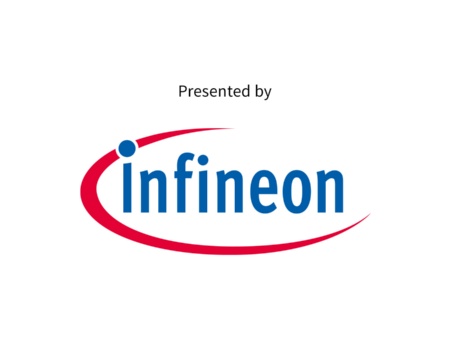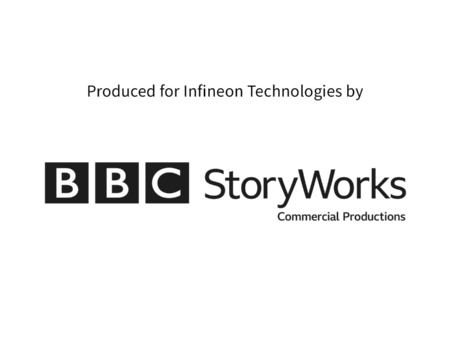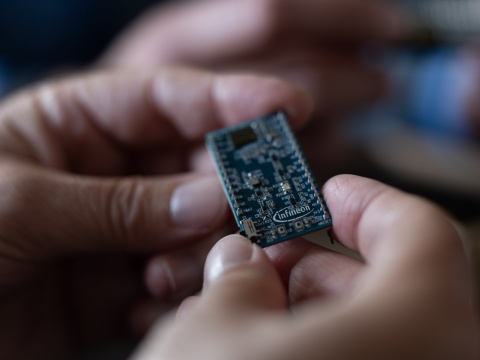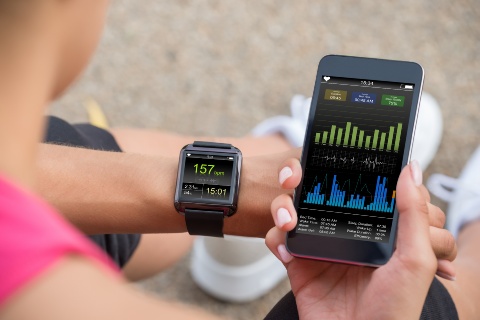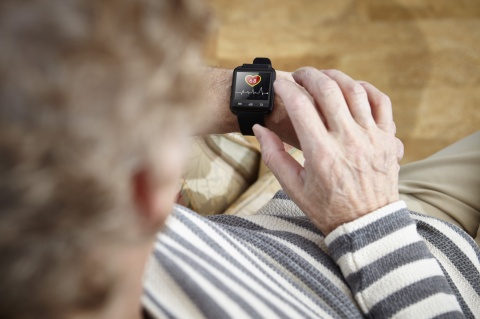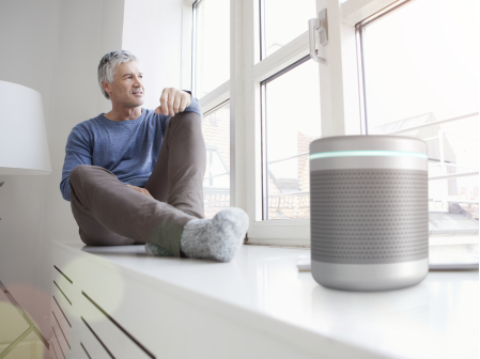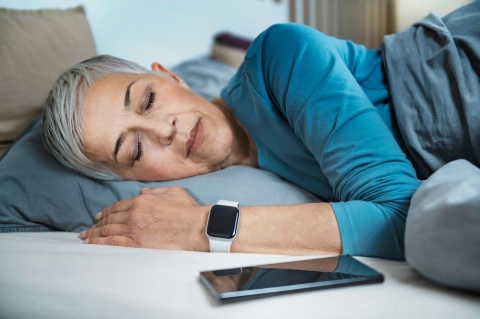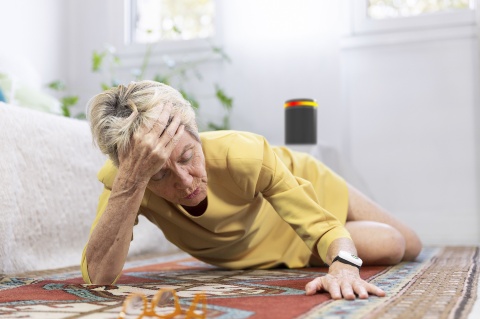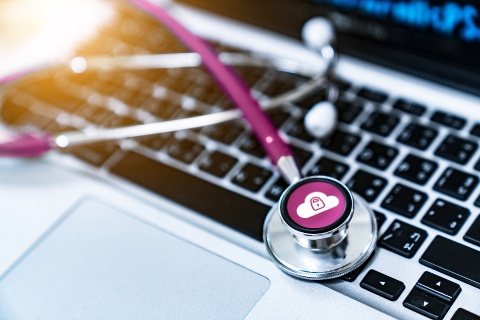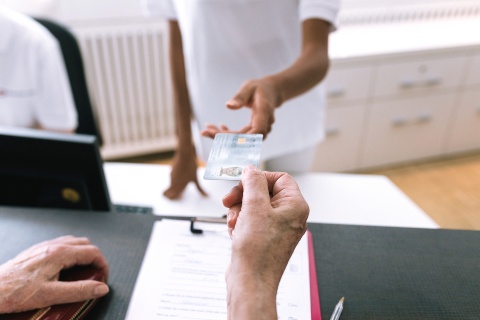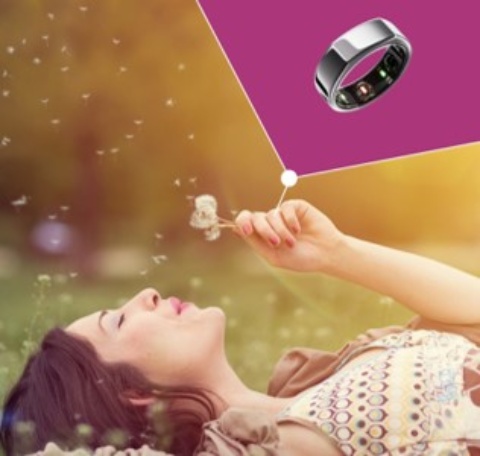
In addition to the “classic” wearables for measuring fitness values like smartwatches, sport watches or fitness tracker, more and more new, innovative formats such as rings or other jewellery, are entering the market. Smaller, more inconspicuous, more individual, they pose great challenges to manufacturers in terms of storage capacity, battery life, handling, precision, reliability, security, etc. Users expect a beautiful design with the same or even better functionality and reliable and easy handling.
Oura Ring. Smart ring for fitness, stress, sleep & health monitoring.
The Oura Ring is an innovative wearable that helps you monitor and improve health. Sleep, readiness, and activity - these scores tell you how your body feels and what your body needs, every second of every day. You'll know when you need more sleep, when you might be getting sick, when it's time to push yourself - and more - with a personalized experience on the Oura App.
The Oura Ring requires long-lasting battery life, increased processing capacity, and the use of advanced sensors, all in a stylish and comfortable form factor. This innovation is delivered through PSoC™ 6 MCUs, enabling the following features:
- Small form factor: Integration of several functions into a single PSoC™ 6 MCU helped reduce the size of the ring over the prior generation by 50%.
- Data storage: PSoC™ 6’s on-chip flash memory enables storage of up to six weeks of user data.
- Bluetooth low energy: The built-in BLE wireless connectivity in PSoC™ 6 provides communication to the mobile app device.
- Extended battery life: PSoC™ 6’s ultra-low power was able to extend battery life to seven days, 3X longer than the prior generation ring.
- Sensor fusion: PSoC™ 6, as the host processor, connects different biometric sensors in the ring to collect and process data.
- Data processing: The dual Cortex-M4 and Cortex-M0+ cores in PSoC™ 6 enabled 10X more processing capability vs. the prior generation ring


